Choosing the Right Type of Lumber for Your Residential Build
Whether you're building a new home or tackling a major addition, selecting the right type of lumber is one of the most important decisions you'll face during the construction process. Lumber is the structural backbone of nearly every residential project, and making the right choices can directly impact the strength, appearance, cost, and long-term value of the home. Understanding the various types of lumber available and how they're best used will help ensure a smoother, more efficient build from start to finish.
Understand the Types of Lumber
Not all lumber is created equal, and each type has its own strengths depending on the application. Dimensional lumber, typically cut from softwood species like pine or fir, is the most commonly used material for framing walls, roofs, and floors. Hardwood lumber is often reserved for finish carpentry, cabinetry, and flooring due to its durability and attractive grain patterns. Pressure-treated lumber is chemically treated to resist moisture and insects, making it ideal for outdoor structures like decks or for areas of the home that may experience damp conditions, such as basement sill plates or crawl spaces.
Plan for the Amount You'll Need
For a typical residential build, lumber requirements add up quickly. According to the Plan Collection, a 2,000-square-foot home uses 16,000 board feet of lumber. That includes framing lumber for walls, joists for flooring, rafters for roofing, and additional material for sheathing and support structures. When you factor in waste, off-cuts, and overages needed for job-site adjustments, it becomes clear why selecting the right lumber type is so critical. Planning and ordering accurate quantities can save time and reduce material waste during the build.
Choose the Right Softwood for Framing
Softwoods like spruce, pine, and fir are favored for structural elements because they’re lightweight, relatively affordable, and easy to work with using standard tools. These species are commonly milled into dimensional lumber such as 2x4s and 2x6s, which form the skeleton of the house. For framing projects, selecting kiln-dried lumber can help prevent future warping or shrinkage due to moisture. Grading also plays a key role—look for lumber stamped with visual or machine stress grades that indicate its structural integrity and performance under load.
Select Pressure-Treated Products for Damp Areas
When it comes to moisture-prone zones or outdoor exposure, pressure-treated lumber is a must. It’s infused with preservatives that help it resist rot, fungi, and termites. However, this type of lumber isn’t ideal for every application. It should not be used where it will come into regular contact with skin, food prep surfaces, or where appearance is a top concern, as it often has a greenish tint. For deck framing, porch supports, retaining walls, and basement contact points, pressure-treated lumber is the standard for durability and protection.
Explore Engineered Lumber for Long Spans
In higher-end builds or open-concept layouts, engineered wood products are worth considering. Laminated veneer lumber (LVL), I-joists, and glue-laminated beams offer strong support over long spans with minimal sagging. These products provide consistency, improved strength-to-weight ratios, and more design flexibility. Though often pricier than traditional lumber, engineered options can reduce material use and labor hours, especially in modern home designs with fewer interior walls. They also help streamline installation due to their predictable dimensions and straightness.
Use Hardwoods for Finishing Touches
Finish carpentry calls for a different approach. Hardwoods such as oak, maple, and cherry are prized for their rich colors, dense grains, and resistance to dents or wear. They're perfect for baseboards, cabinetry, staircases, and custom woodwork that requires both beauty and resilience. While more expensive than softwoods, hardwood lumber brings a level of polish and long-lasting quality that elevates the entire interior of a home. It’s worth the investment when aiming for a high-end finish.
Work With a Knowledgeable Supplier
Regardless of which types of lumber your project requires, sourcing materials from a reliable building materials company is essential. A knowledgeable supplier can help you navigate options, calculate quantities, and match products to each stage of construction. This helps avoid overbuying, prevents costly delays, and ensures every board is suited to its purpose. A good supplier will also be familiar with local building codes and climate conditions, offering even more peace of mind during planning and procurement.
When you're ready to move forward with your build, turn to Collins Building Materials in Chattanooga, TN. With 45 years of experience as a family-owned business, we've been proud to help homeowners and contractors throughout the region find the right
lumber for their projects. Whether you're framing a home, upgrading a deck, or putting the finishing touches on your dream interior, our team is here to help you make smart, cost-effective choices from start to finish. Let's build something lasting, together.


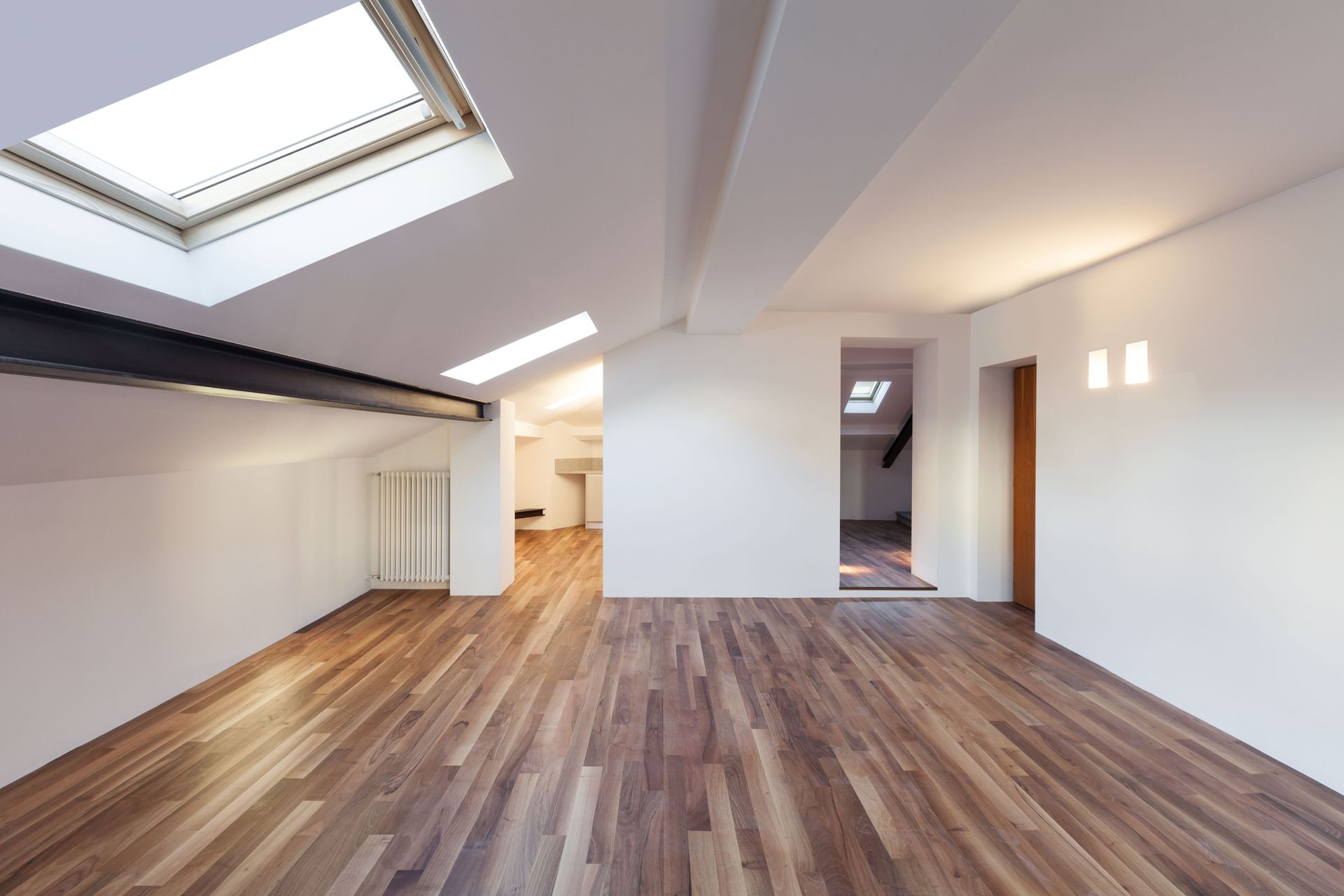

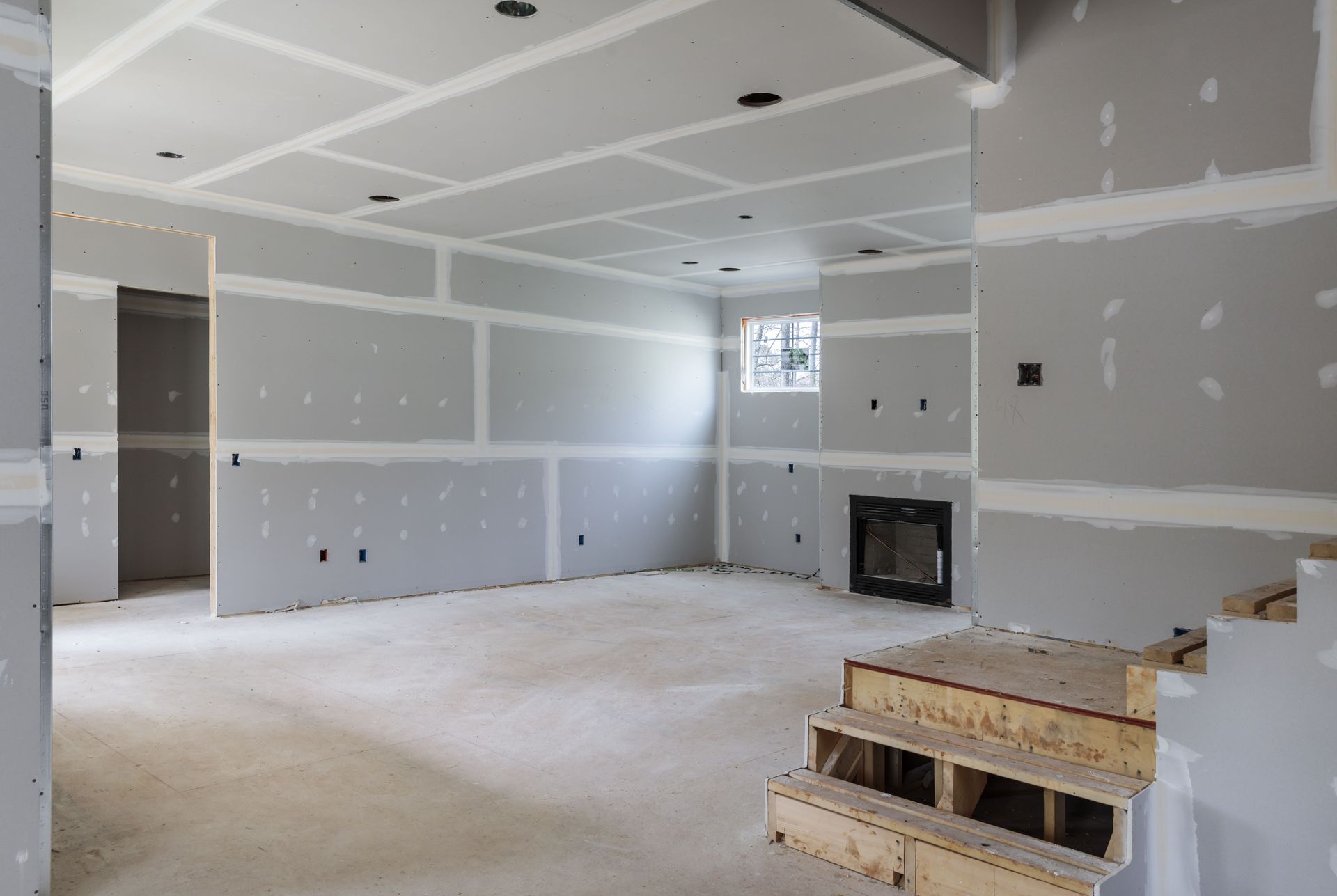
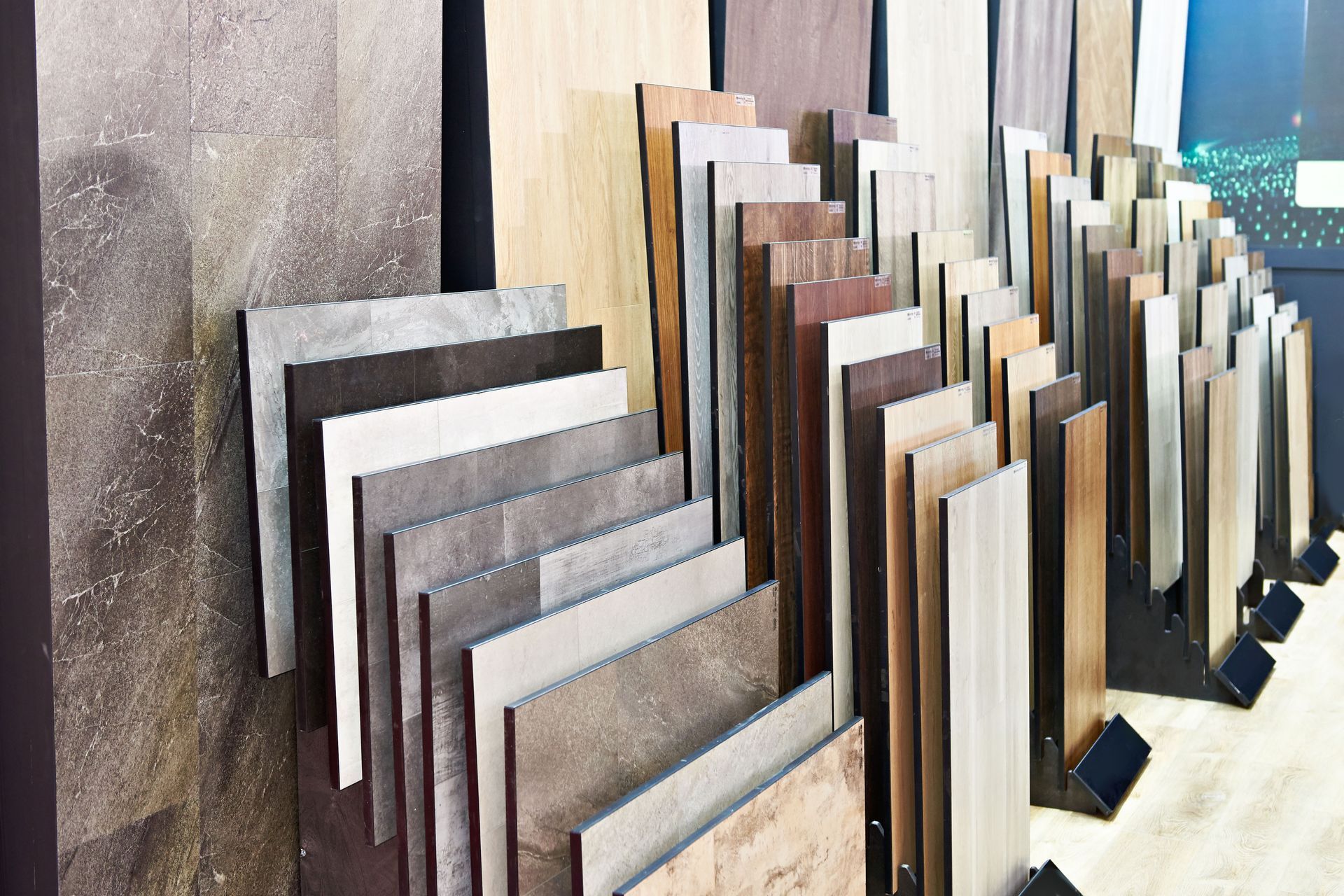
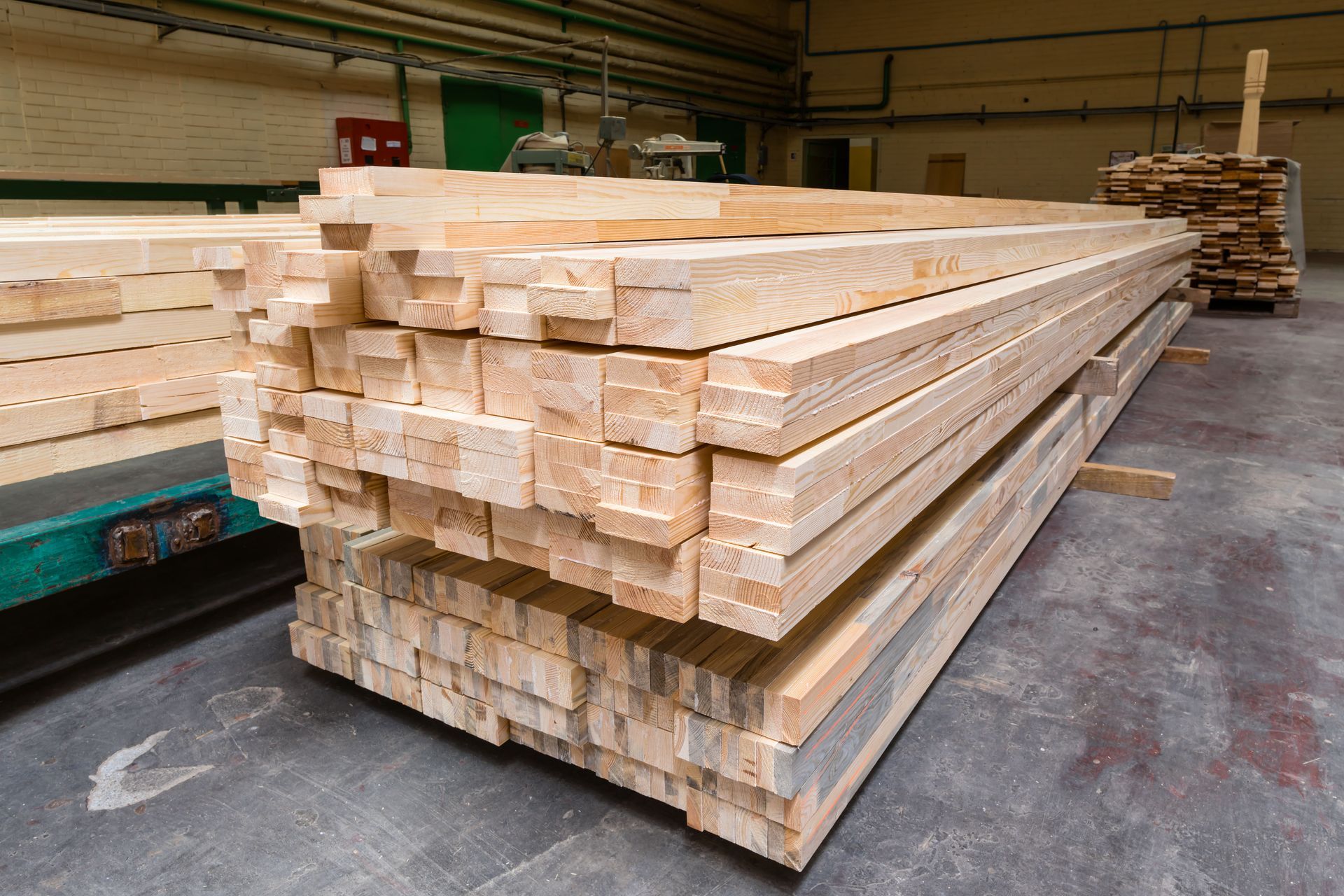
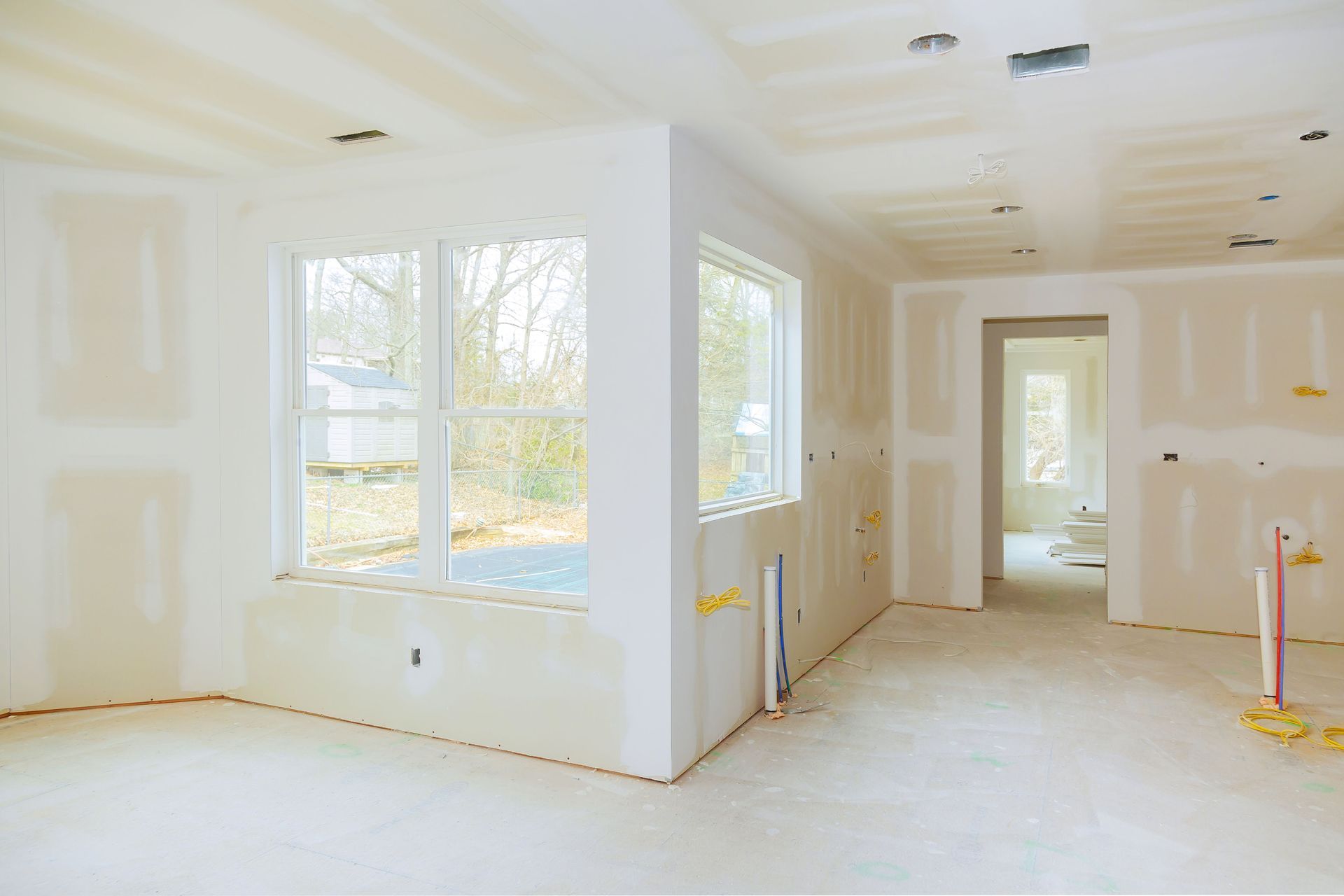
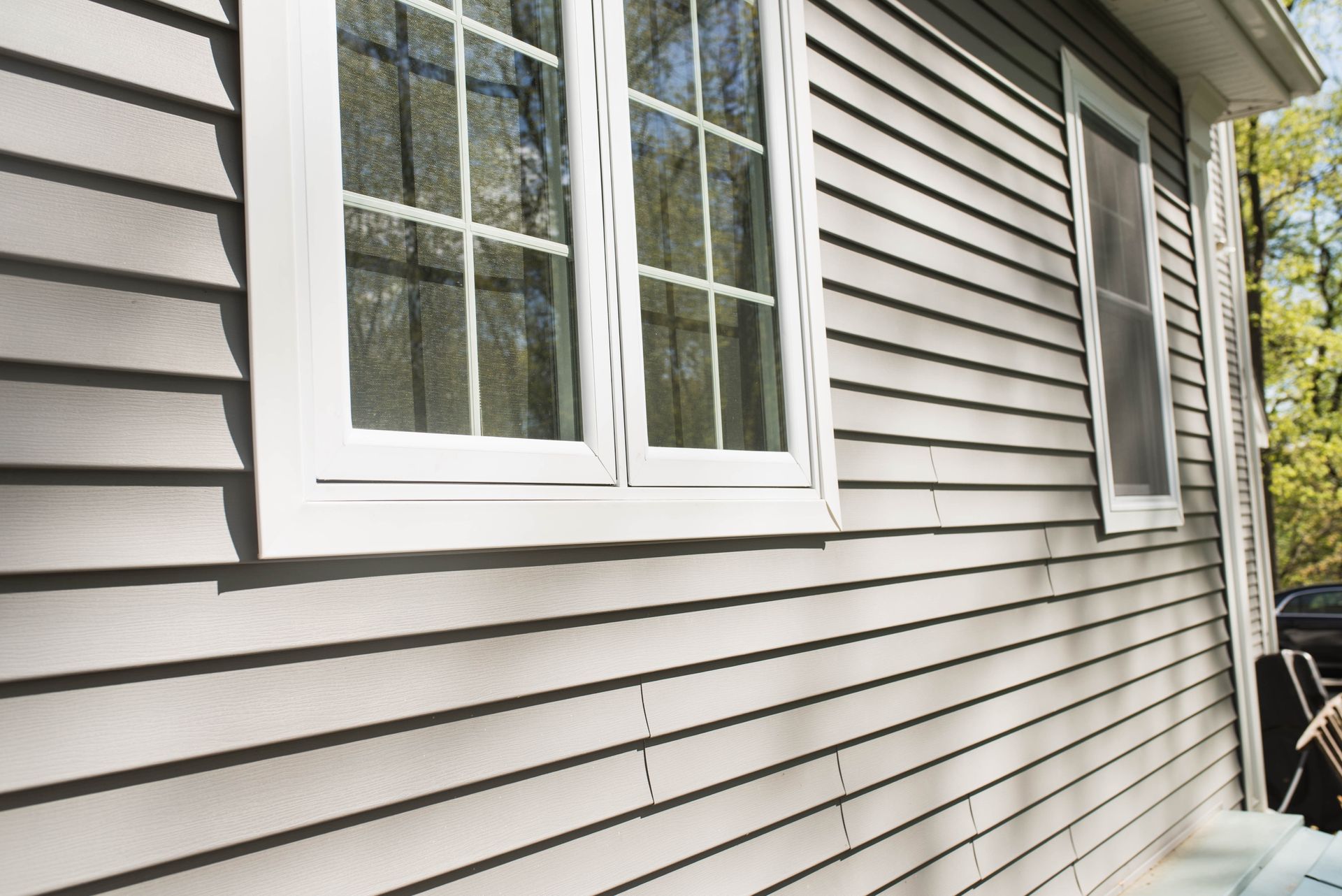
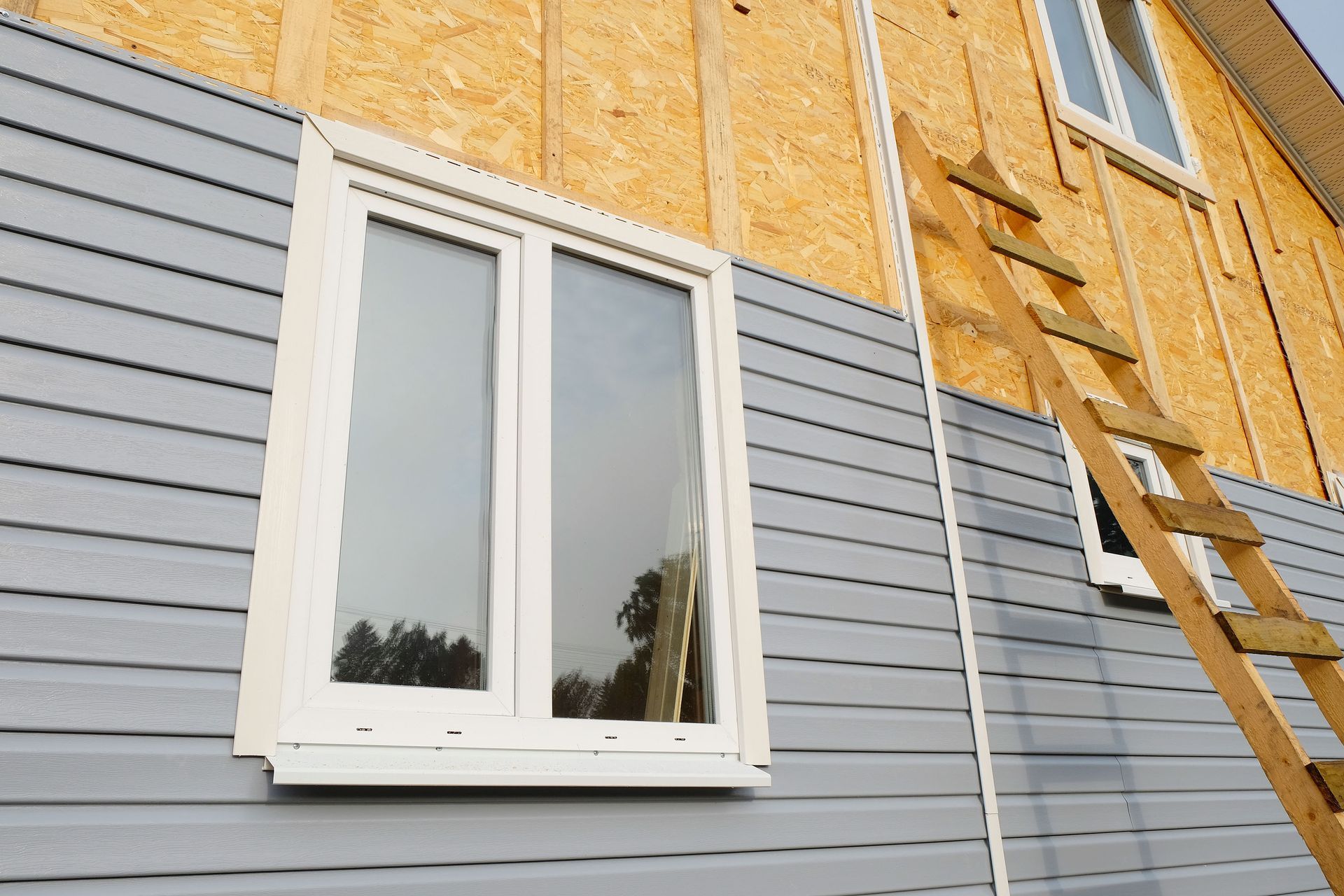
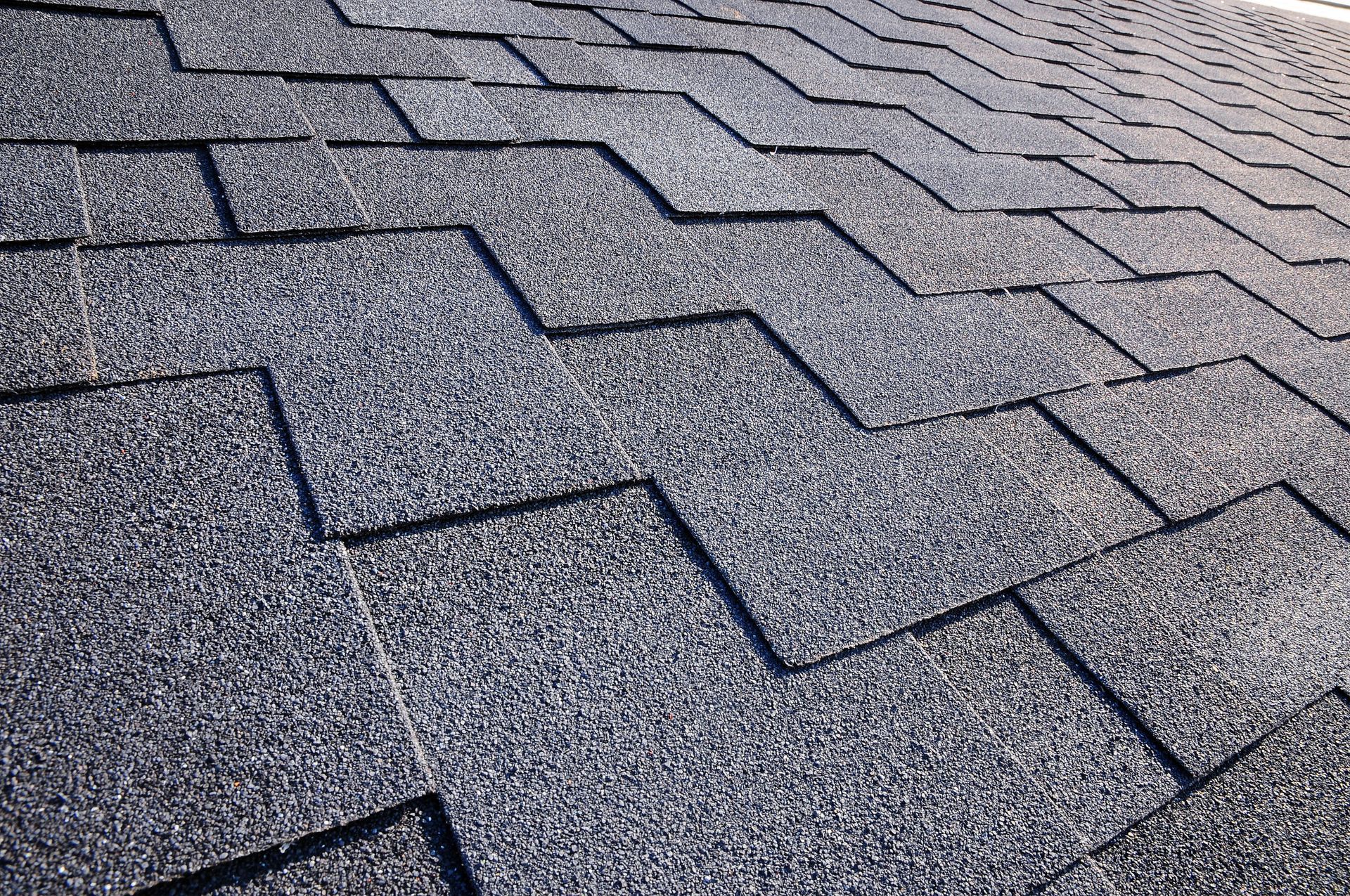
Share On: